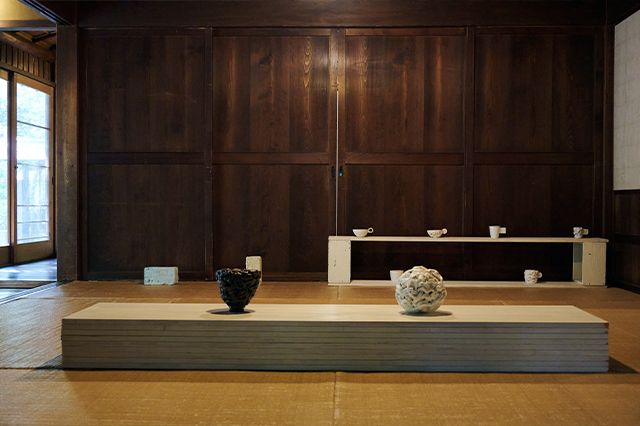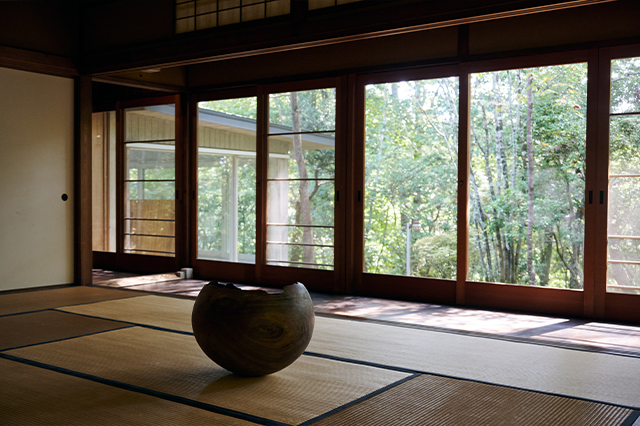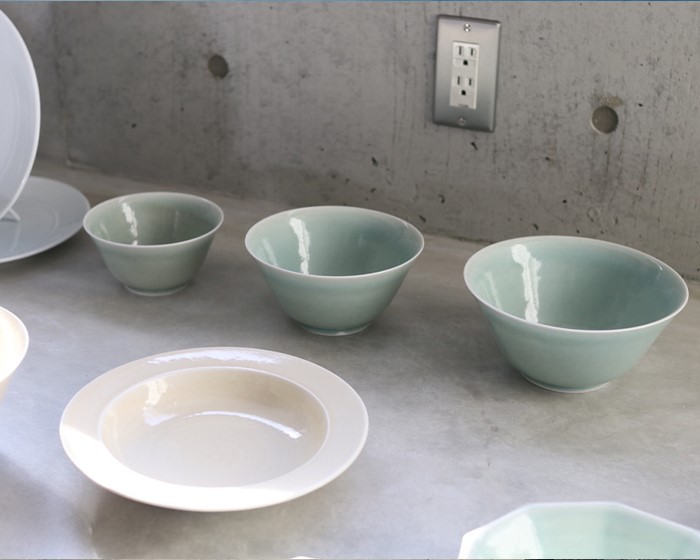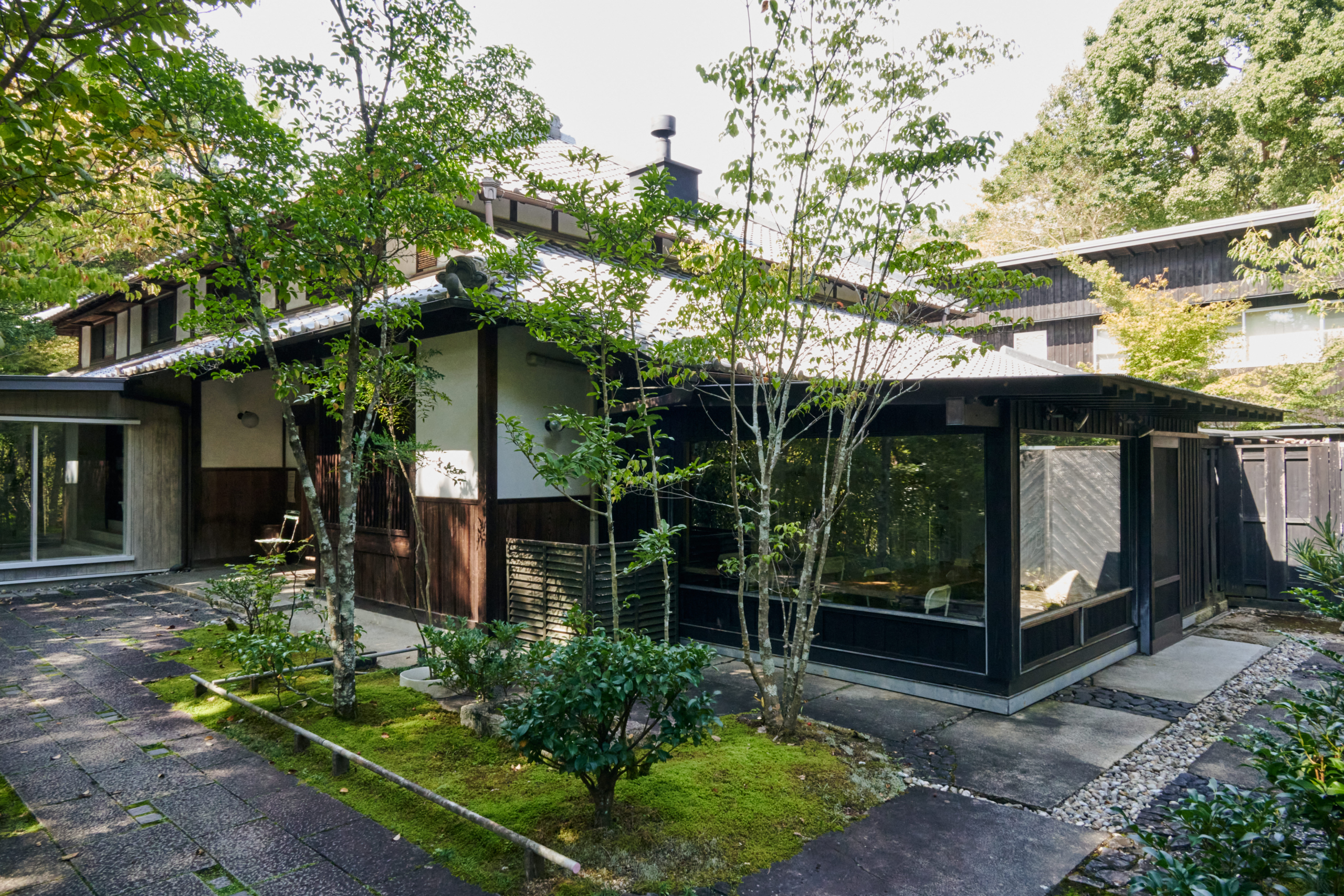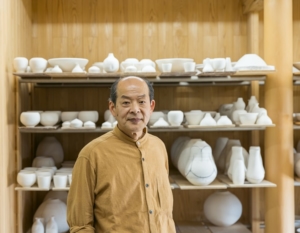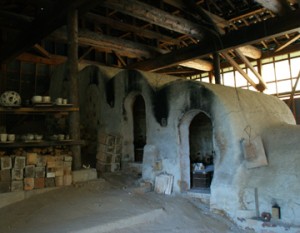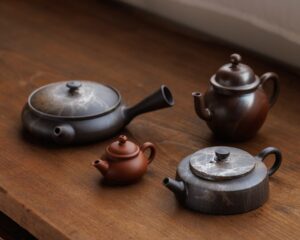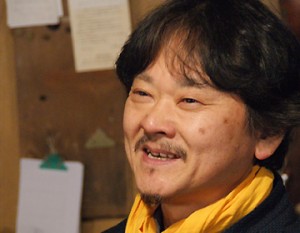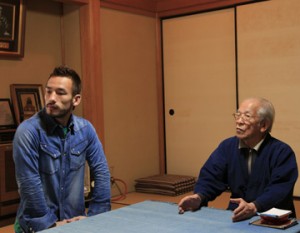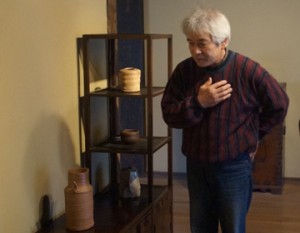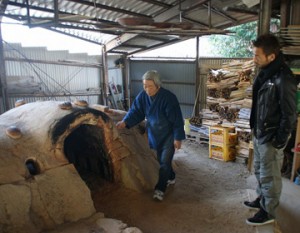A New Way of Art in Japan
Nestled in a forest of lush green trees in Tajimi City, Gifu Prefecture, is a gallery in a 120-year-old sukiya-style building. It is Galerie Momogusa. Sukiya-style architecture is an architectural style that reflects the philosophy of “wabicha” (tea ceremony) perfected by Sen no Rikyu, a rare tea master in the Azuchi-Momoyama period (1573-1600). Opened in 1998, “Galerie Hyakuso” exhibits a wide range of works from antiques to antiques and contemporary art in a space where one can feel the unique “wabi and sabi” of the Japanese people, such as an earthen floor and an alcove across the threshold. The exhibition space is filled with a wide range of artworks, from antiques to modern art. The unique atmosphere of the space, which combines the familiarity of a living space with the tension of an avant-garde gallery, naturally attracts visitors not only from Japan but from around the world as well. I wanted to question the identity of the Japanese people and propose a new way of art,” says Masanobu Ando, ceramic artist and gallerist, who is the owner of the gallery. Masanobu Ando, the owner of the gallery, is a ceramic artist and gallerist.
Mr. Ando’s roots go back to his days as an art student aspiring to become a jazz drummer. He devoured records by Miles Davis, Charlie Parker, Thelonious Monk, and many other jazz musicians, played the drums, and tried to express jazz in his own way. However, the more I listened and the more I played, the more I realized that I could never reach their innate sense of rhythm and groove, and I felt limited.
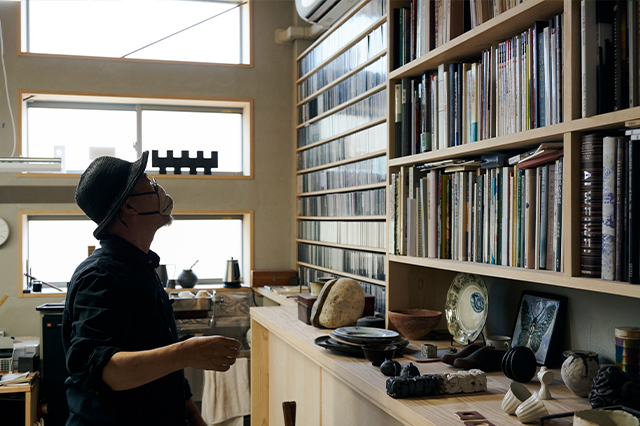
The beauty of “vessels” that blend into everyday life
When I thought about what they call “jazz” in the case of Japanese people, I came up with pottery and tea ceremony. Although tea culture is no longer a common part of modern lifestyles, the way in which tea is served and the way in which the space is furnished for entertaining people are expressions unique to native Japanese. In addition, Japanese art is not based on Western values that place “crafts” at the bottom and “pure art” at the top, but is linked to “daily life,” which lies somewhere between the two. The realization of this idea was the pottery that Mr. Ando creates and “Galerie Hyakuso” itself. The common point between the two is that they both have blank spaces and leave the usability to the creativity of the user.
Ando’s handmade vessels can be used for both Japanese and Western purposes without limiting their use by eliminating unnecessary decorations. Therefore, his vessels can have a completely different appearance depending on the user. Many people shared Mr. Ando’s view that pottery, which is neither ornamental art nor mass-produced industrial goods, is a uniquely Japanese form of art that is more noticeable the more it is used in daily life. However, it is also a latent desire originally possessed by the Japanese. The reason why so many people from overseas and all over Japan visit “Galerie Hyakuso” is that it reawakens a sense of beauty that modern people have almost forgotten.
